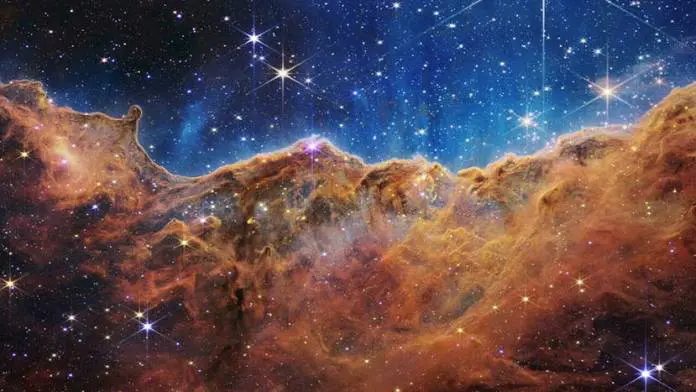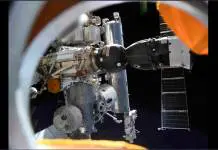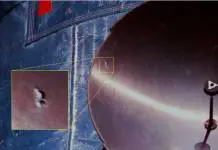
The James Web Space Telescope has discovered carbon dioxide in an exoplanet outside our solar system. Named the WASP-39b, the exoplanet is 700 light-years away from our Earth and is a huge gas giant orbiting a sun-like star. NASA said the discovery of CO2 in the distant exoplanet will enable scientists to understand the origin and evolution of distant planets.
“Understanding the composition of a planet’s atmosphere can help us learn more about its origin and evolution,” NASA stated. “Webb’s success here offers evidence that it could also be able to detect and measure carbon dioxide in the thinner atmospheres of smaller rocky planets in the future.”
An associate professor of Earth and Space Exploration at Arizona State University and a member of the JWST Transiting Exoplanet Community Early Release Science Team, Mike Line, said obtaining evidence of carbon dioxide in a planet’s atmosphere can help to determine the history and formation of the planet. NASA said WASP-96b, an exoplanet nearly 1,150 light-years away from our Earth may contain water, haze, and clouds, possible signs that life may exist in some form.
Hubble and Spitzer space telescopes had found traces of water vapor, sodium, and potassium in WASP-39b; but JWST had deployed its Near-Infrared Spectrograph, a more powerful and sensitive infra-red capability, to detect the presence of carbon dioxide in the atmosphere of the planet orbiting a star. The discoveries will help to ascertain the amount of gas and solid materials that exist on the small planet.
“By measuring this carbon dioxide feature, we can determine how much solid versus how much gaseous material was used to form this gas giant planet,” Line revealed. “In the coming decade, JWST will make this measurement for a variety of planets, providing insight into the details of how planets form and the uniqueness of our own solar system.”
WASP-39b was first discovered in 2011 and is about as big as Saturn, but nearly one-quarter of Jupiter. It orbits its star completely in about four Earth days because it moves very close to its star. Meanwhile, JSWT was launched into space on December 25, 2021, and is currently 1.5 million kilometers (932,000 miles) away from Earth.











